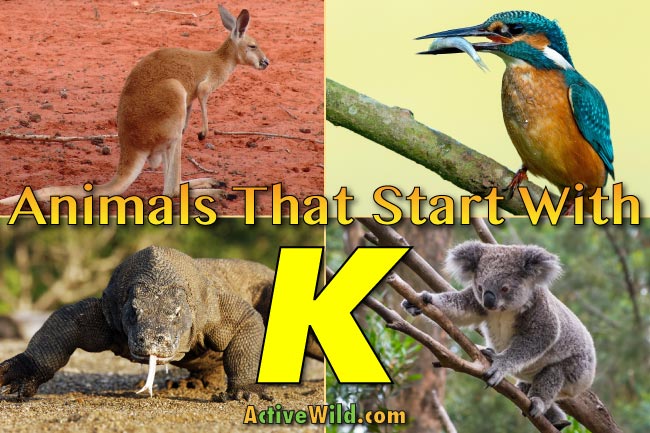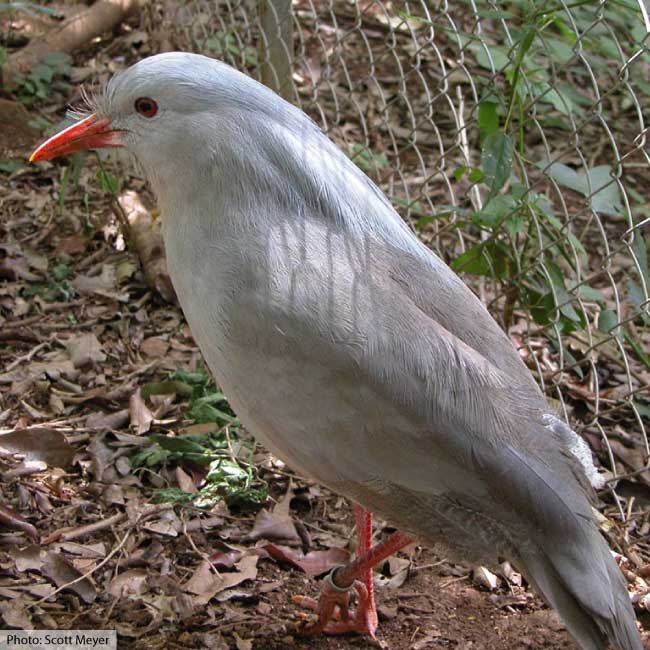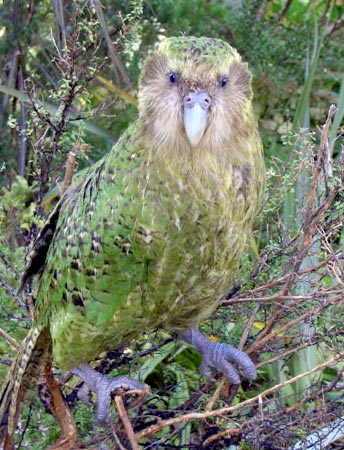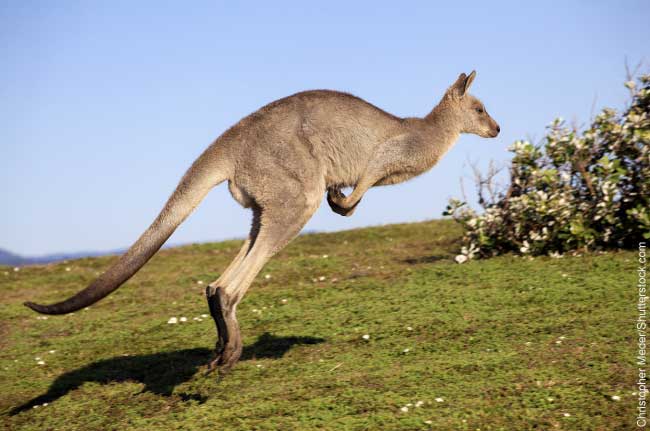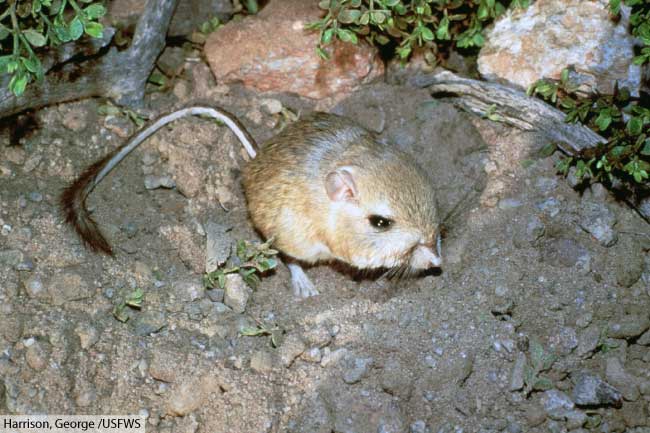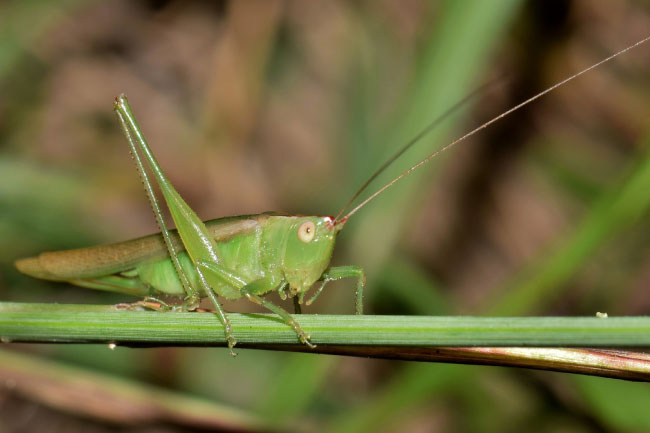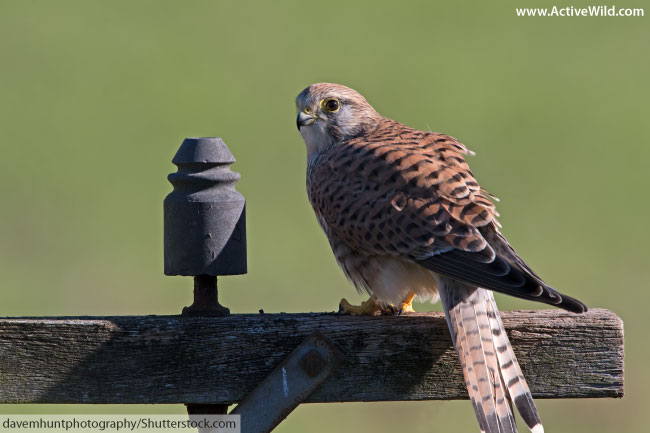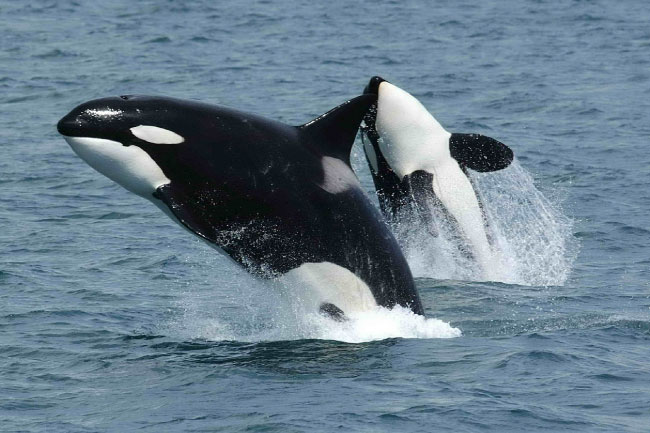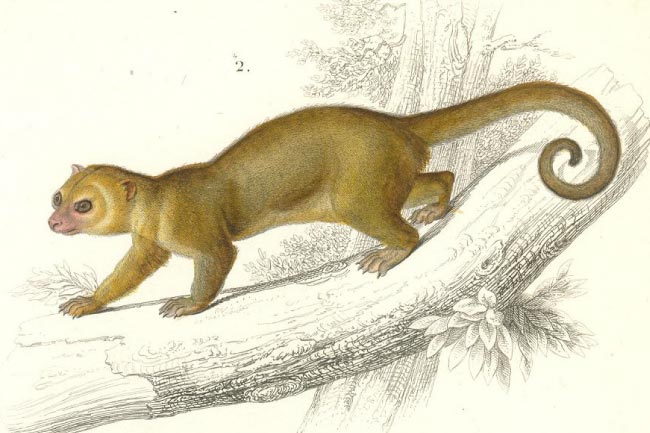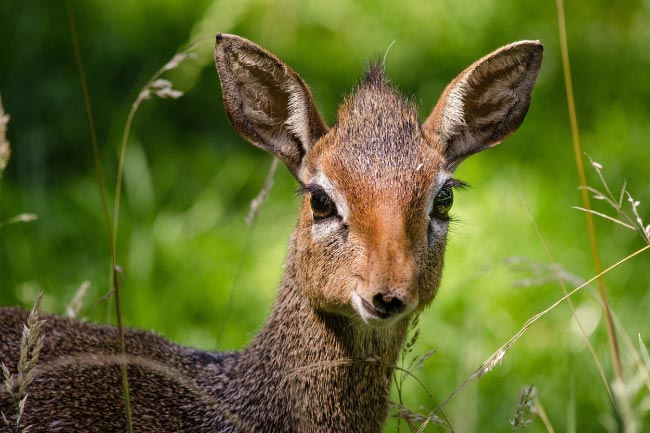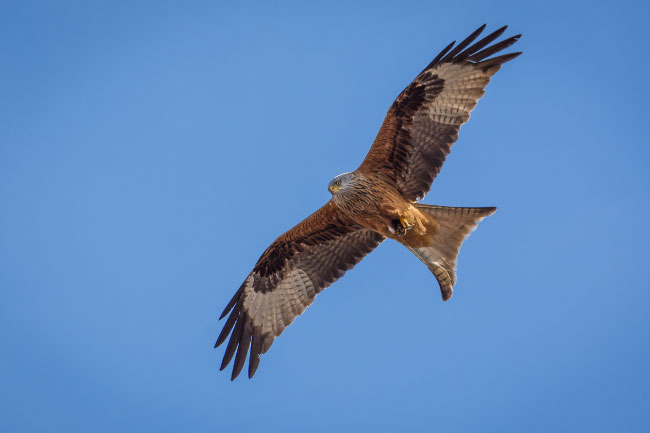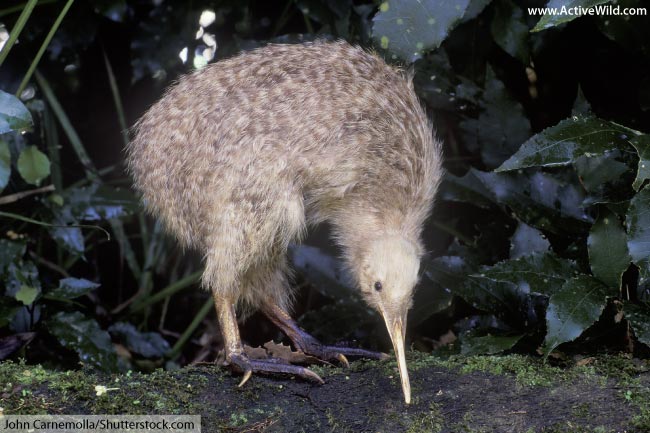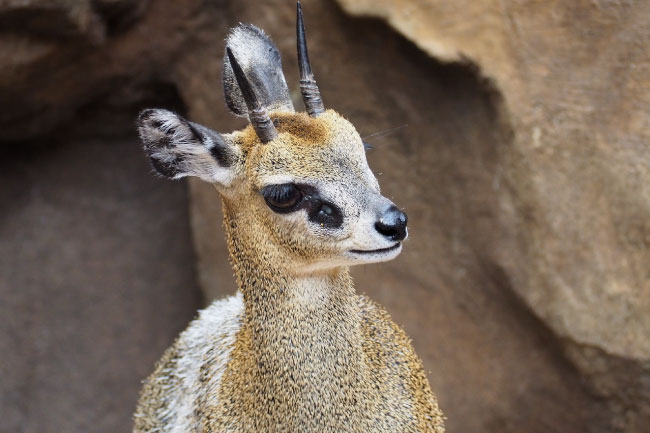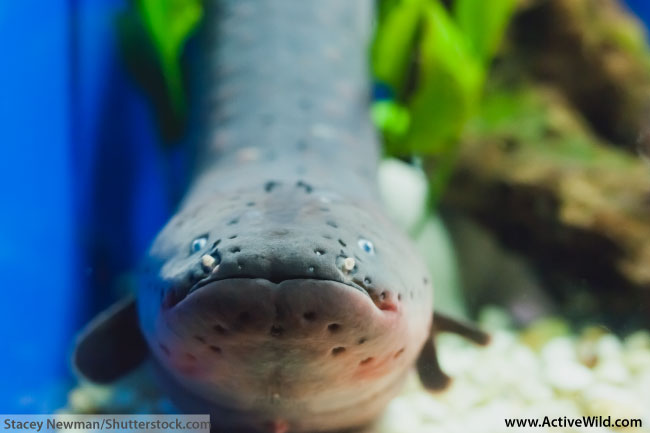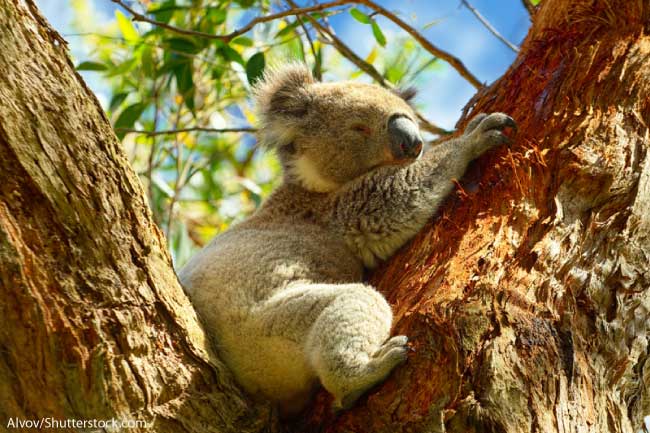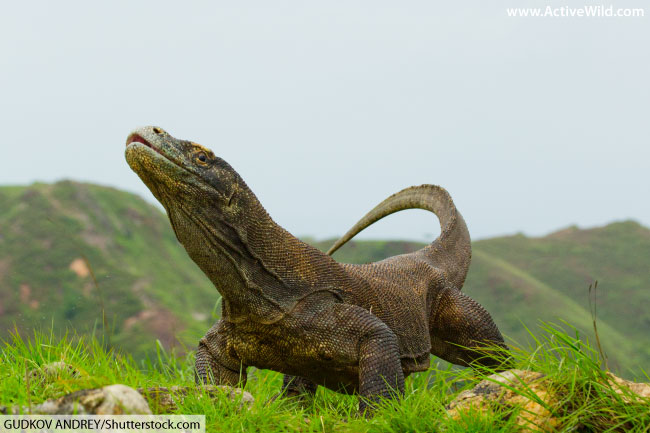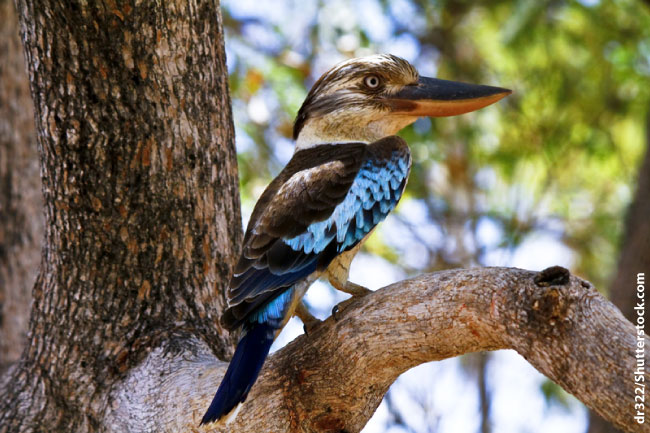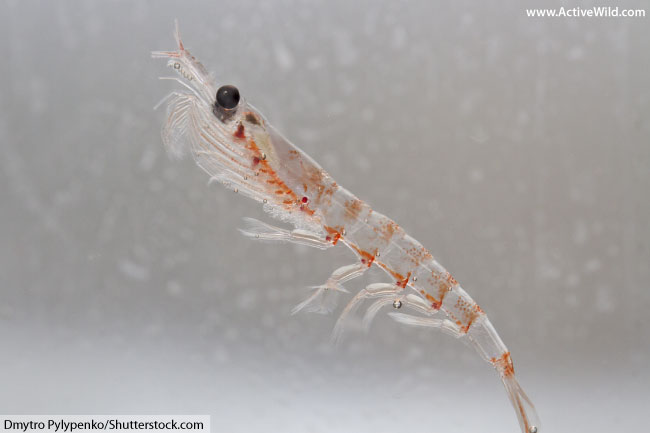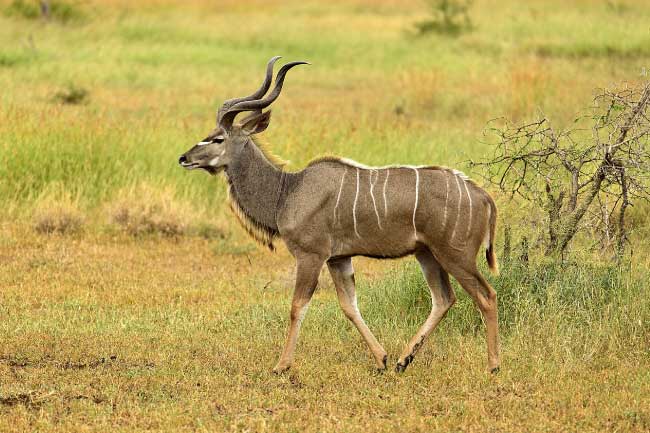Animals that start with k: list with pictures and facts. Discover amazing animals beginning with k. Follow the links for further information!
***
Animals That Start With K: Pictures & Facts
On this page you’ll find a list of amazing animals beginning with k, together with pictures and interesting facts about each animal.
You can find out more about many of the animals (and see pictures and videos) by following the links.
Discover animals beginning with ...
- Main list page: Animals A to Z
- Become an animal expert: Animals: The Ultimate Guide To The Animal Kingdom
List of Animals Beginning With K
Kagu
- Scientific name: Rhynochetos jubatus
- Conservation status: Endangered
The kagu (also known as a cagou) is a bird that is only found on the islands of New Caledonia, a French territory in the Pacific Ocean. It has grey-white plumage, an orange bill, orange legs, and an impressive feathered crest that can be raised and lowered.
The kagu lives on the ground and rarely flies. This has made it vulnerable to non-native predators, and the species is now endangered.
Kakapo
- Scientific name: Strigops habroptila
- Conservation status: Critically Endangered
The kakapo is a large flightless bird that is only found in New Zealand. It is a type of parrot, and is sometimes known as the ‘owl parrot’. It is vulnerable to introduced predators such as rats and stoats. The species is now critically endangered. In a 2016 survey, only 154 individuals remained.
Kangaroo
Kangaroos are marsupials: mammals whose young develop in special pouches in their mother’s bodies. There are four species of kangaroo: the red kangaroo, eastern grey kangaroo, western grey kangaroo, and the antilopine kangaroo.
Kangaroos are the largest species in the family Macropodidae, which means ‘large foot’. Kangaroos get around by hopping rather than walking.
- You can find out more about kangaroos on this page: Kangaroo Facts
- Find out more about the largest species of kangaroo here: Red Kangaroo Facts
Kangaroo Rat
Kangaroo rats are a group of small rodents that are found in dry regions in North America. They move around by hopping, rather than by walking. This kangaroo-style means of locomotion gave the animals their name, but they are not related to the true kangaroos of Australia.
Katydid
Katydids are insects in the family Tettigoniidae. They are known as bush crickets outside of the USA. Katydids have long antennae, and most live in trees. The largest can reach lengths of 13 cm (5.12 in.)
Kestrel
Kestrels are falcons (see animals that start with F) that are able to hover in one place while hunting for food. There are several different species of kestrel. Two of the best-known are the common kestrel – a familiar bird in the UK and Europe – and the American kestrel, the commonest falcon in North America.
Killer Whale
- Scientific name: Orcinus orca
- Conservation status: Insufficient Data
The killer whale, also known as the orca, is the largest member of the oceanic dolphin family Delphinidae. Killer whales live and hunt in packs called pods. Killer whales are apex predators (i.e. they’re top of the food chain), and will eat fish, seals, other dolphins, and even adult whales.
- You can find out more about killer whales on this page: Killer Whale Facts
Kingfisher
Kingfishers are birds in the family Alcedinidae. They are brightly colored, mostly small birds, with long pointed bills. Despite their name not all kingfishers live by water, but all hunt by swooping down on their prey from a perch. There are 114 species of kingfisher. Only six of these are found in the Americas.
Kinkajou
- Scientific name: Potos flavus
- Conservation status: Least Concern
The kinkajou is a small mammal in the family Procyonidae. Other members of this family include coatis and raccoons. The kinkajou is arboreal (i.e. it lives in trees) and is found in the rainforests of Central and South America, where it is rarely encountered by humans. It is a small, brown animal with a long, prehensile (i.e. able to grip) tail.
Kirk's Dik-Dik
- Scientific name: Madoqua kirkii
- Conservation status: Least Concern
Kirk’s dik-dik is one of the four small antelopes known as dik-diks (the name comes from the alarm call made by the females). Kirk’s dik-dik is found in savannas (areas with widely-spaced trees) in east Africa, where it lives in pairs.
Kite
Kites are large birds of prey with long wings and tails. The tails of most kites are forked. Kites are commonly seen gliding and soaring. They mainly eat carrion, and will also steal food from other birds. Kites are in the family Accipitridae, along with birds such as eagles and hawks.
Kiwi
Kiwis are flightless birds that are only found in New Zealand. Kiwis are the smallest of the ratites – a group of flightless birds that also includes species such as ostriches and emus.
When kiwis evolved, there were no predatory land mammals on New Zealand. As a result, the birds found themselves with no natural defenses when man introduced animals such as cats, dogs and stoats to the islands. This has led to all kiwi species being threatened to some degree.
Currently, two species are endangered, two are vulnerable, and one is near threatened.
Klipspringer
- Scientific name: Oreotragus oreotragus
- Conservation status: Least Concern
The klipspringer is a small, nocturnal antelope found in eastern and southern Africa. It has a reddish-gray coat and two short, pointed horns. It lives in inaccessible rocky habitats, which means that it is relatively unaffected by hunting.
Knifefish
Several groups of fish are known as knifefish. The most well-known of these are the Gymnotiformes, long-bodied fish which are able to produce electric fields. Most knifefish use electricity to find their way around and to locate their prey.
The most famous knifefish, the electric eel, is able to use electricity to attack both its prey and potential predators, including man.
Koala
The koala is a marsupial (pouched mammal) that is only found in Australia. The eucalyptus leaves on which it feeds contain very little energy. As a result, the koala tends not to move very fast or very far, and can sleep for up to 20 hours per day!
- You can find out more about koalas here: Koala Facts
Komodo Dragon
The Komodo dragon is a large, predatory reptile. It is found on a small group of Indonesian islands, including the island of Komodo, after which the species is named.
The Komodo dragon is the world’s largest lizard. It grows up to 3 m (10 ft.) in length. Komodo dragons mainly hunt deer, and also scavenge on carrion. Their bite is thought to be venomous.
- Find out more about the world's largest lizard here: Komodo Dragon Facts
Kookaburra
Kookaburras are kingfishers (see above) that live in Australia and New Guinea. They are ‘tree kingfishers’, in the subfamily Halcyoninae, and fish do not form a major part of their diet.
There are four species of kookaburra in the genus Dacelo. These include the laughing kookaburra, whose call famously sounds like human laughter.
- You can find out more about these awesome birds here: Kookaburra Facts
Kouprey
- Scientific name: Bos sauveli
- Conservation status: Critically Endangered, Possibly Extinct
The kouprey is a critically endangered (now possibly extinct) species of wild cattle found in Southeast Asia. It lives in forests, and has a tall thin body and upward-curving horns. The last time a kouprey was seen in the wild was in 1988.
Krill
Krill are small crustaceans that are found throughout the world’s oceans. They grow in incredible numbers, and form a major part of the diets of many large sea animals, including whales.
It is thought that the total weight of all the Antarctic krill alone is almost three hundred and eighty million tonnes. Krill are also harvested and eaten by man.
Kudu
Kudu are antelopes that are found in eastern and southern Africa. There are two species of kudu, the greater kudu and the lesser kudu. They live in savannas (grasslands with widely-spaced trees) where they browse on leaves and shoots. Male kudus have long, spiralled horns.
Animals That Start With K: Conclusion
We hope that you've enjoyed reading about these amazing animals. Maybe you've discovered some animals beginning with k that you didn't already know! Continue your exploration of the animal kingdom by checking out the following pages:

